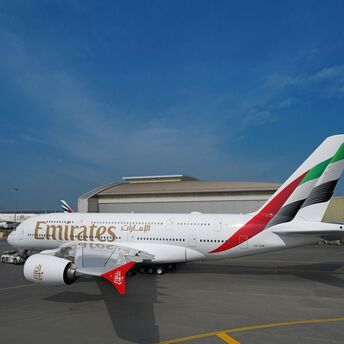The main rule when flying: Why you should keep your seat upright during takeoff and landing

According to a study by Airbus, over the past 20 years, about 75% of fatal and non-fatal accidents have occurred during takeoff and landing. Boeing also agrees with this statement, noting that over the past 10 years, their company has recorded 67% of fatal air accidents that occurred during these stages.
That's why during departure and landing, flight attendants always check the aisles, making sure that the seats are in the upright position, which is the required position for safety reasons. Travel + Leisure found out why this is important and how it protects passengers during the flight.
According to Hans Mast, a former pilot and travel agent at Golden Rule Travel, a seat that is fixed in an upright position can withstand a potential impact from a sudden stop that may occur during an unusual situation.
He says that a reclining seat can slow down the person behind during an evacuation and emphasizes that an elevated seat "ensures that the aisle path remains as clear as possible, which contributes to a more efficient evacuation if necessary."
In addition, during takeoff and landing, flight attendants insist on removing and securing tables, trays, screens, and personal items under the seat in front of you or in a special compartment above.
"Safety is a symphony of many little things that together make a huge difference," says Steve Daniel, a flight attendant from Montreal.



















